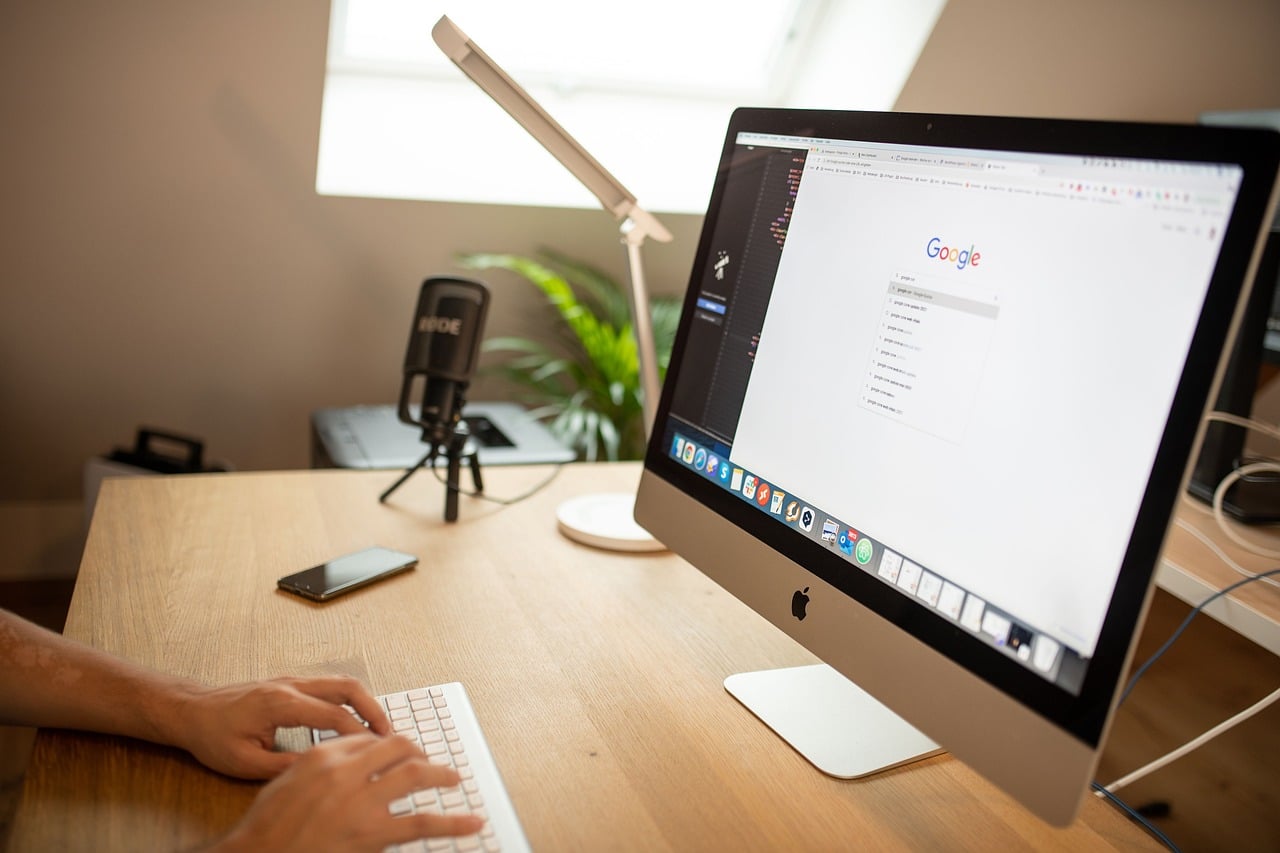Images play an integral role in web content. Not only do they enhance the aesthetic appeal of a webpage, but they can also contribute significantly to your SEO efforts. However, if not optimized correctly, images can become a liability rather than an asset, slowing down your site and hampering its search engine ranking. Proper image optimization ensures that you benefit from the best of both worlds: visually appealing design and optimal website performance. Allow our Atlanta SEO agency to walk you through the steps to correctly optimize your images for SEO.
1. Choose the Right File Type
Different image file types have different characteristics:
- JPEG (or JPG): Best suited for photographs or images with gradients.
- PNG: Ideal for images requiring a transparent background, like logos.
- GIF: Suitable for small animations.
- WebP: A newer format offering good compression and quality.
Selecting the right format can significantly impact the file size and, consequently, page load times.
2. Compress Images
Large image files can slow down your website. Use tools like TinyPNG, ImageOptim, or Photoshop to compress images without compromising too much on quality. Aim for the sweet spot where the image quality is acceptable, and the file size is minimal.
3. Use Descriptive Filenames
Instead of using generic filenames like “IMG001.jpg,” use descriptive names relevant to the image content, e.g., “golden-retriever-puppy.jpg.” This helps search engines understand the image context.
4. Implement Alt Text
‘Alt text’ or ‘alt tags’ describe the content of an image. It’s displayed if the image can’t be loaded and is utilized by screen readers for visually impaired users. It also provides context to search engines about the image content. Ensure your alt text is descriptive and includes relevant keywords without keyword stuffing.
5. Consider Image Dimensions
Uploading images with the right dimensions reduces unnecessary file size. For instance, if your webpage displays images at 800px width, there’s no need to upload a 3000px wide image. Resize your images to the maximum display size before uploading.
6. Use Responsive Images
With varying device sizes, from smartphones to desktop monitors, it’s essential to use responsive images. The ‘srcset’ attribute in HTML allows you to define multiple image sizes, letting the browser choose the best one based on the device’s viewport.
7. Implement Lazy Loading
Lazy loading means images are loaded only when they’re about to be displayed on the user’s screen. This technique ensures that users don’t waste bandwidth loading off-screen images, leading to faster page load times.
8. Leverage Browser Caching
By leveraging browser caching, you can instruct browsers to store (or cache) images for returning visitors. This reduces the need to re-download images, speeding up subsequent page views for your visitors.
9. Improve Image Relevance
Ensure that images complement the content of your page. Relevant images not only enhance user experience but can also help in ranking your images in search engine image results.
10. Optimize Image Thumbnails
If you have an e-commerce site or a blog that uses thumbnails, it’s crucial to optimize these as well. Though smaller, thumbnails can cumulatively consume a lot of bandwidth. Compress them and use relevant alt text.
11. Use Image Sitemaps
If your website relies heavily on images, consider adding an image sitemap or adding image information to your existing sitemap. This gives search engines more information about your images and can aid in better indexing.
While text content is a primary focus in SEO, the importance of optimizing images cannot be overstated. Properly optimized images can significantly boost your site’s performance, user experience, and search engine rankings. By implementing the strategies outlined above, you can ensure your images complement your SEO efforts rather than hinder them. Remember, in the digital realm, every byte counts, and every optimization effort can cumulatively enhance your website’s visibility and success.
Interested in having your website optimized for search engines, contact our Black-owned marketing firm for a free consultation.

